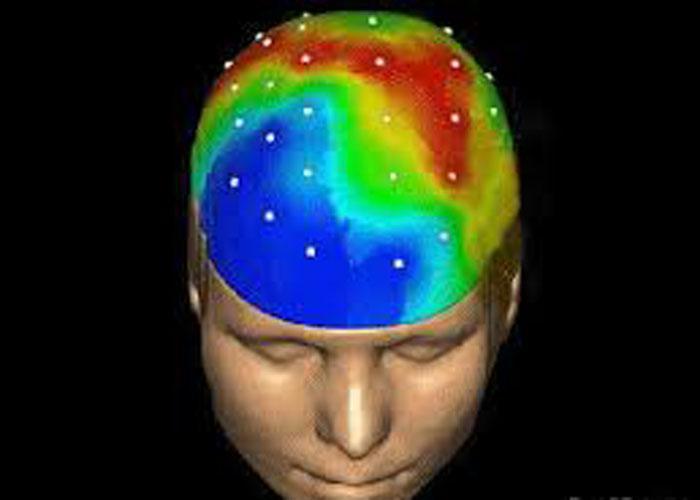Brain mapping projects emerged at a global level in the 1990s, and are focused on research into the structure and functioning of the human brain

It was agreed that Cuba, China, and Canada will work together on a new joint brain mapping project, after a recent meeting on the subject held at Cuba’s Neurosciences Center (Cneuro).
According to Pedro Valdés Sosa PhD, coordinator of the Cuban Brain Mapping Project, launched over 10 years ago, the three countries have agreed to promote research on early detection and management of pathological aging in the brain; and set up an academic exchange program toward this end.
One of the most encouraging outcomes of the meeting, which saw the participation of Christine ST-Pierre, minister of Foreign Relations of Quebec, Xiuping Liu, representative of the China National Science Fund, and Maryse Lassonde, Scientific Director of the Quebec Natural Sciences and Technology Granting Agency, and President of the Royal Society of Canada, was each nation’s commitment to invest a certain amount of funding over the next three years to support the project.
Thus financing will be provided by the Quebec Natural Sciences and Technology Granting Agency, China National Science Fund, and Cuba’s Ministry of Science, Technology and Environment, through the National Science and Technological Innovation Fund (Fonci).
Also launched during the encounter was the project website in Spanish, English, French, and Chinese, which is set to be completed in the coming weeks. Meanwhile, scientists at the Chengdu Laboratory in China, which conducts brain research in the Asian country, spoke with participants via videoconference.
Brain mapping projects emerged at a global level in the 1990s, and are focused on research into the structure and functioning of the human brain through the use of high-tech neuro-imaging devices.
 Escambray ENGLISH EDITION
Escambray ENGLISH EDITION





Escambray reserves the right to publish comments.